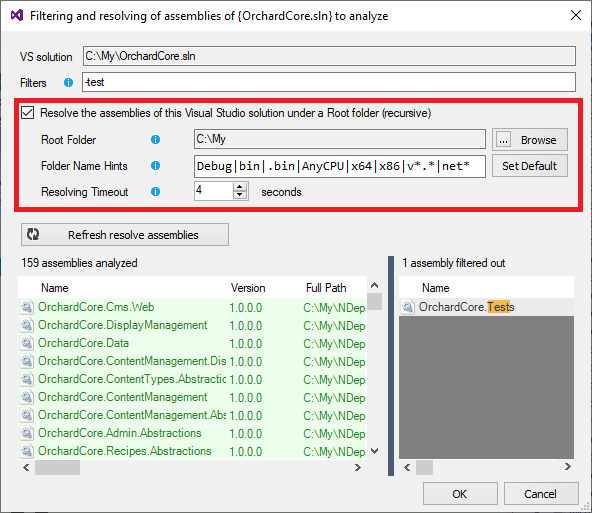

Select one or more items in the Solution Explorer to reformat code in files under these items and their child items. Set the caret anywhere in the file to reformat code in the file. Make a selection in the editor to reformat code in the selection. Select the scope where you want to reformat code: In short, you can always use Control+Alt+L, but there are a few details and alternatives described below. ReSharper provides several ways to reformat existing code. For C# for example, clear the corresponding check-boxes on the Text Editor | C# | Code Style | Formatting | General options page.

You can do it in Visual Studio options ( Tools | Options). If you are using ReSharper auto-formatting features, we recommend that you disable Visual Studio auto-formatting. Note that by default, Visual Studio applies its own formatting rules for edited and pasted code. If you want to fully format pasted code, or disable formatting on paste, use the Auto-format on paste selector on the Environment | Editor | Behavior page of ReSharper options ( Alt+R, O).Įven if auto-formatting or auto-indenting on paste are enabled, you can paste code without reformatting it: press Ctrl+Z right after pasting, and only formatting will be undone. By default, pasted code is not fully reformatted but only indentation settings are applied. ReSharper also lets you automatically apply your formatting rules when you paste code. If necessary, you can disable these kinds of auto-formatting on the Environment | Editor | Behavior page of ReSharper options ( Alt+R, O). When you type code in the editor, ReSharper reformats expressions as soon as you type a semicolon and reformats blocks of code as soon as you type a closing brace }. To find and adjust only those formatting options that affect a specific place in your code, select that code block, press Alt+Enter and choose Format Selection | Configure.


 0 kommentar(er)
0 kommentar(er)
